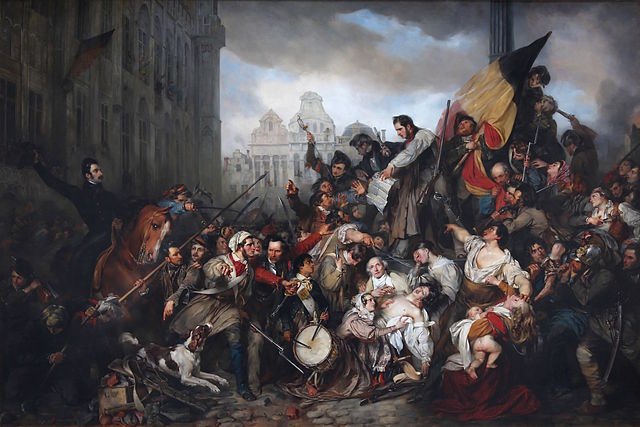The Belgian Revolution

Following Napoleon’s defeat in 1815, European powers met to restructure the continent during the Congress of Vienna. There, the Southern and Northern Netherlands were united to form one state under the rule of William of Orange, who ruled these united provinces as a Protestant, Dutch-speaking realm. Revolution erupted only fifteen years later, in 1830. Led by French-speaking elites, Catholics and Liberals in the Southern part of the United Kingdom of the Netherlands rose up against the authoritarian rule of King William I. King William I sent in troops, but they were expelled on September 27, 1830. The southern part of the Netherlands declared independence on October 4, 1830, and a provisionary National Congress was elected. On February 7, 1831, a new constitution was adopted, and the state of Belgium was officially established [Belgium, 2020].